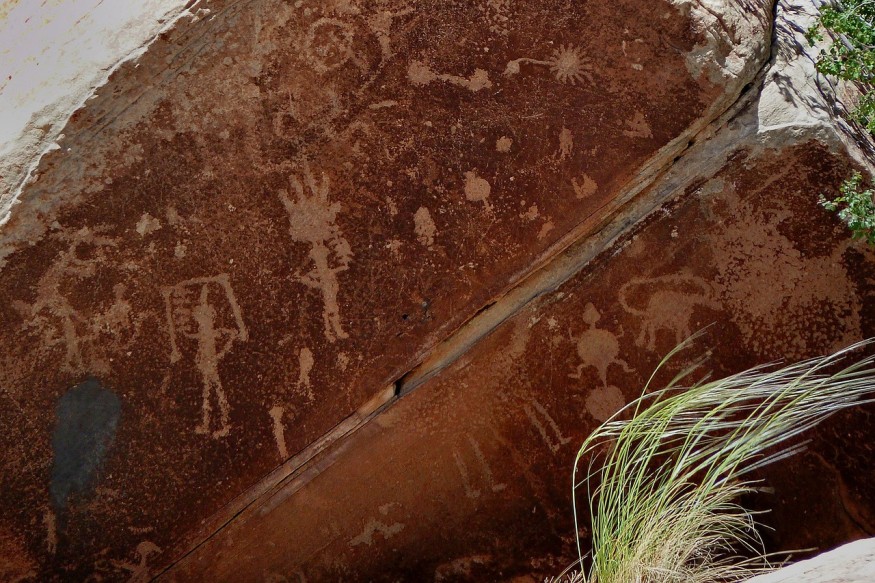
Distinct ancient rock art drawings have been found in western Madagascar's Andriamamelo Cave.
Prehistoric Cave Art in Madagascar
David Burney, who is part of the team that found and described the novel findings in the "Rock art from Andriamamelo Cave in the Beanka Protected Area of western Madagascar" study, explains that they are the first true pictorial art found on the island that exhibits images of nature that have animal-like and human-like figures. Until recently, rock art on the island only had a few sites coated with symbols that were basic.
The unique discoveries were found to contain numerous surprises. This includes hints at some connections across cultures.
For one, some depicted scenes were linked directly to religious motifs in Egypt during the Ptolemaic period. Another point is that other inferences from wall writings and symbols showed associations with the Afro-Arab and Ethiopian worlds. On top of this, prevalent motifs and symbologies evoke a style of cave art from Borneo that is around two millennia old.
What adds to the surprise is that at least three extinct creatures in Madagascar are believed to have been included in the depictions. These include elephant birds, a giant sloth lemur, and a giant tortoise.
Ancient Connections
For a long time, it has been believed and even confirmed that the culture, language, and people of Madagascar can be traced back to far, prehistoric links with Borneo mixed with strong influences from eastern Africa. However, the identity of the first Malagasy, their arrival, and what happened after their arrival remain hot topics of debate.
While the findings of the study are quite speculative, any data taken from the cave could be interesting with regards to Malagasy's early history reconstruction.
The team of researchers, including Australian, American, and British scientists as well as Malagasy scientists at local institutions, examined the area in 2013. The team spent several days to record the depictions, survey and map the whole cave, look for linked archaeological sites, and interview locals regarding the artworks. However, it took many years to examine relevant literature and archives at the museum to confirm the significance and uniqueness of the discovery.
The researchers made digital copies as well as hand drawings of the 72 cave-art depictions. These include six human forms, 16 animals, two geometric designs, 16 M-shaped symbol examples, two human-animal hybrids, and several other patterns and indistinct objects.
Eight major images were found to be linked to Egyptian roots. These include a Horus falcon, the ostrich Ma'at goddess, the bird-headed Thoth deity, and two human-animal depictions that resembled Anubis.
Moreover, after examining several relevant alphabet systems, the researchers suggested that the M-figures perfectly matched only one letter, the hawt" (ሐ), which is pronounced as "ha" in the ancient Ethiopian Amharic alphabet system. The symbol was not spotted in other rock or cave art across the Indo-Pacific region. Moreover, interestingly, in certain Austronesian languages, the word "ha" refers to the "breath of life."
All these potential links reminded the researchers of the syncretic nature of Madagascar's culture, language, and people. It took a blend of Asian and African influences for the distinct Malagasy culture to result.
As for the drawings, the researchers note that it is difficult to know when they were exactly made, as it is remarkably hard to date the cave art. Nevertheless, the extinct animal presence and insufficiency of modern alphabets and motifs show that it may not have been recent.
Burney explains that they think that the cave art is roughly 2,000 years old, which makes it date back to Cleopatra's time or before this.
Moreover, the exact person behind the art also remains a mystery, as clues are insufficient.
Until further relevant archaeological findings or art surface to shed light on the Asian and African influences on Madagascar, the only thing the researchers can do is speculate.
RELATED ARTICLE : Hidden Paleolithic Animal Art Revealed with Stereoscopic Photography in the Spanish Cave of La Pasiega
Check out more news and information on Archaeology in Science Times.










